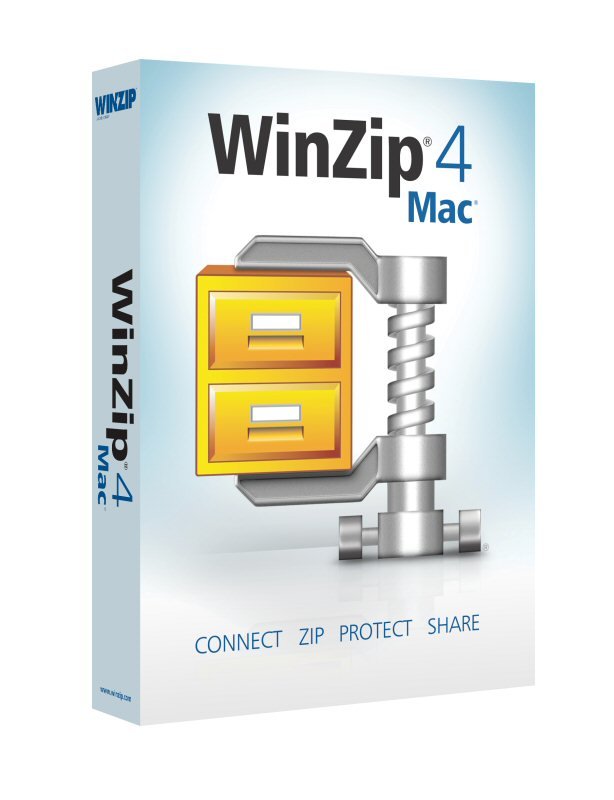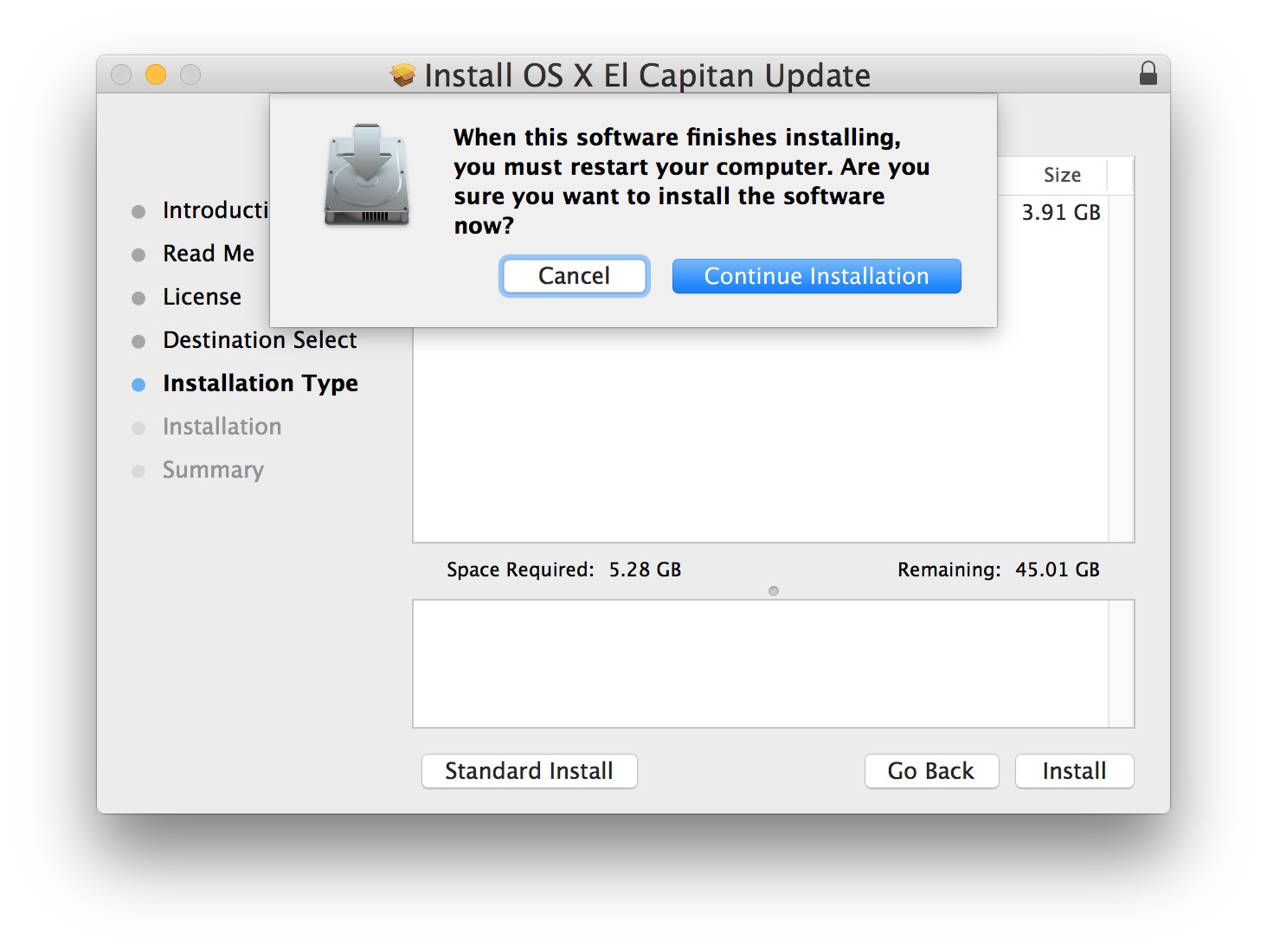

- INSTALL LZIP MAC HOW TO
- INSTALL LZIP MAC INSTALL
- INSTALL LZIP MAC UPDATE
- INSTALL LZIP MAC FULL
- INSTALL LZIP MAC SOFTWARE
To update a specific package, run brew update package name in Terminal.To find out what packages need updating, run brew outdated in Terminal.To update Homebrew, run brew update in Terminal.You should also update the package manager occasionally to make sure it works properly and you’re not missing some important new features:
INSTALL LZIP MAC INSTALL
There are also a few useful troubleshooting commands you should take note of, such as brew doctor to detect installation issues.Īnything you install via Homebrew needs to be updated regularly. For example, to install a package, you should type brew install ‘package name’ in Terminal. You’ll see examples of commands that will help you install different software, configs, and updates through Homebrew. In Terminal, run brew help to get started. If you don’t want your data to be collected and shared with the Homebrew developers, here’s the command you should run in Terminal to turn off analytics: brew analytics off Step 4: Set up Homebrew Here’s what’s typically collected: Homebrew User Agent, Google Analytics version, Homebrew analytics tracking ID, Homebrew analytics user ID, and data about the status of Google Analytics anonymous IP setting. This is not an obligatory step, but we’d better warn you that Homebrew can share some of your data with developers since the tool is free and open-source. Wait a few minutes until you see the “Installation successful” message in Terminal. Type your admin password (note that you won’t see your keystrokes in the Terminal window - it’s a security measure) > hit Return Open Terminal and type the following command: Agree to a license agreement and wait for the installation process to complete.In the new dialog window, confirm you want to install the Xcode tools.Open Terminal and type the following command: xcode-select -install.
INSTALL LZIP MAC HOW TO
Here’s how to install command line tools for Xcode: To install some of the Homebrew package components, you need to install Xcode’s command line tools first (in case you haven’t done it before).
INSTALL LZIP MAC SOFTWARE
Xcode is Apple’s native IDE, an integrated development environment that has all the tools you need for software development on Mac. Step 1: Install command line tools for Xcode Since some people don’t want to use curl for security reasons, there are ways to manually download and execute the script (but we won’t go into that here). The same applies to the process of uninstalling Homebrew.


This method is the easiest and it’s recommended by the Homebrew team. Moving to the main part - ”install Homebrew Mac” - we should explain that the installation method we describe uses curl to download the installation script.
INSTALL LZIP MAC FULL
The beauty of Setapp is that you don’t have to know the names of these apps or their full functionality - you just type your task in search (for example, “edit PDF”), and Setapp gives you the apps that can edit PDF. There are some simple default brew commands for installing single-file utilities, and more advanced subcommands called casks - you’ll have to use those to install multi-directory utilities. The main thing you should know as a user is that Homebrew acts through Terminal commands - you can install, update, and uninstall packages by typing a few words. To go easy on the coding jargon, we won’t be explaining how Homebrew works under the hood.


 0 kommentar(er)
0 kommentar(er)
